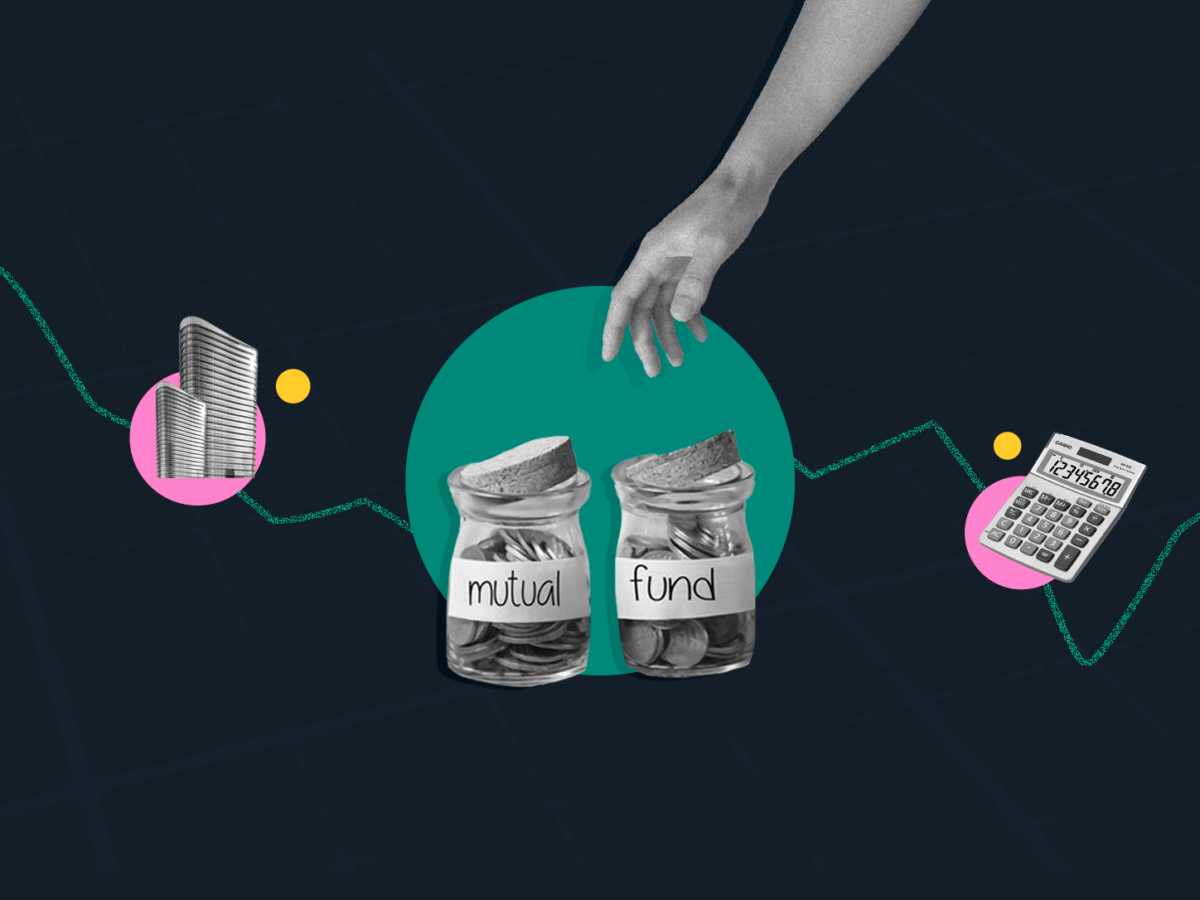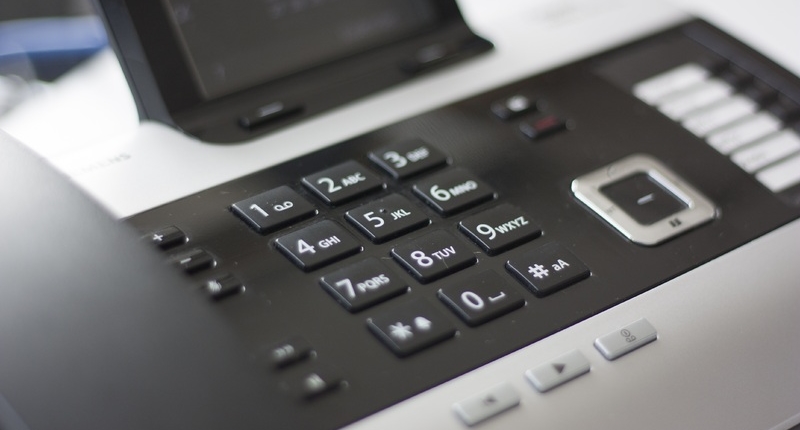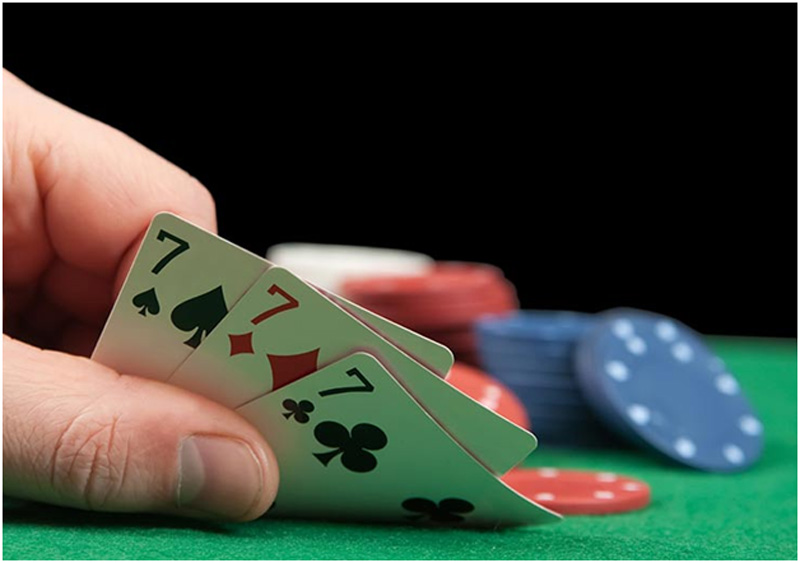Advice on how to create quality architectural drawings
One of the trickiest aspects of architectural drawing is technical drawing. Everybody enjoys drawing perspectives, sketches etc. That is, the creative and graphical part of architectural drawing. But what about the technical and more rational part? Perhaps we don’t see it as sexy as freehand drawing, however it is just as important.
Outstanding drawings tell us stories. They invite us to imagine them as built spaces, and we see between the lines. When creating a drawing, whether it is a sketch, a projection or a plan, there are a number of moves to bear in mind that can illustrate the story. Thus, your drawing can eventually become a testing ground to entice and subvert.
Read through the following tips in order to help you create a compelling and powerful architectural drawing. Whether representing or guiding, drawings are tied to practices of making. So it is key to take into account how elements like perspective, texture and colour can shape the way we understand a drawing.
If you are not familiar with technical drawing it will definitely show in your work. The perspectives will end up looking ‘less smart’, the designs will undoubtedly lack consistency and the perspectives will probably look somehow not proportioned.
For you to make your technical drawing look less rational and more approachable and friendly, here are some of the best drawing tips you will find out there.
The following technical drawing tips will help you eliminate the preconceived notions you might have against technical drawing. Read on to find out some of the important points to take into consideration when creating your architectural drawings:
Harnessing colour
Colour has the ability to bring a drawing to life. Basically there are 3 categories of colourisation: full colour rendering or presentation, drawings with a few colours and black and white drawings. In a greyscale or black and white presentation, you show lines with various thicknesses, as well as shadow and shade. By selecting only a few colours, it allows you to focus on the lines or individual elements. For instance, think of a greyscale presentation with bright red highlights. This is usually used to contrast with a mostly achromatic presentation. In full colour presentations, you could render out a drawing utilising an image editing software like Photoshop and any other photo tools, or simply by using watercolour, brush pens, pastels or markers. It is key to keep in mind that colour must be used intentionally to bring awareness to an element of a design.
Technical drawing should be deemed as important as freehand drawing
Our tendency usually is to entirely ignore technical drawing. However, we should see it for what it is and allocate a number of hours each week to eventually get better at it. Remember, the better you get at technical, the better you get at your overall design and drawing skill.
Details make or break a drawing
Very often, it is the details of your drawing that show your understanding of scale, light and texture. Details can actually mean anything from the literal details of a building, or perhaps the way a drawing is executed at several scales. With details, you can define construction processes or work through problem-solving. You can actually see the evolution of the process and draw attention to a number of points through the work. Also when it comes the time to print your drawings, you will see that focusing on the details pays off and the quality of your architectural drawing prints will be much higher and you will be more satisfied with the outcome.
Patience is truly key
Do not lose your cool whenever you are facing challenges when working on technical drawings. Technical drawing is well-known for really being a brain twister. Accept that this is the way it is. This will save you a lot of headaches.
Aiming for excellence
Make it your personal goal to become outstanding at technical drawings. This is actually a stage in itself, and once you have crossed this mental bridge, you will actually be much less tense about technical drawing and you will eventually start enjoying it.










